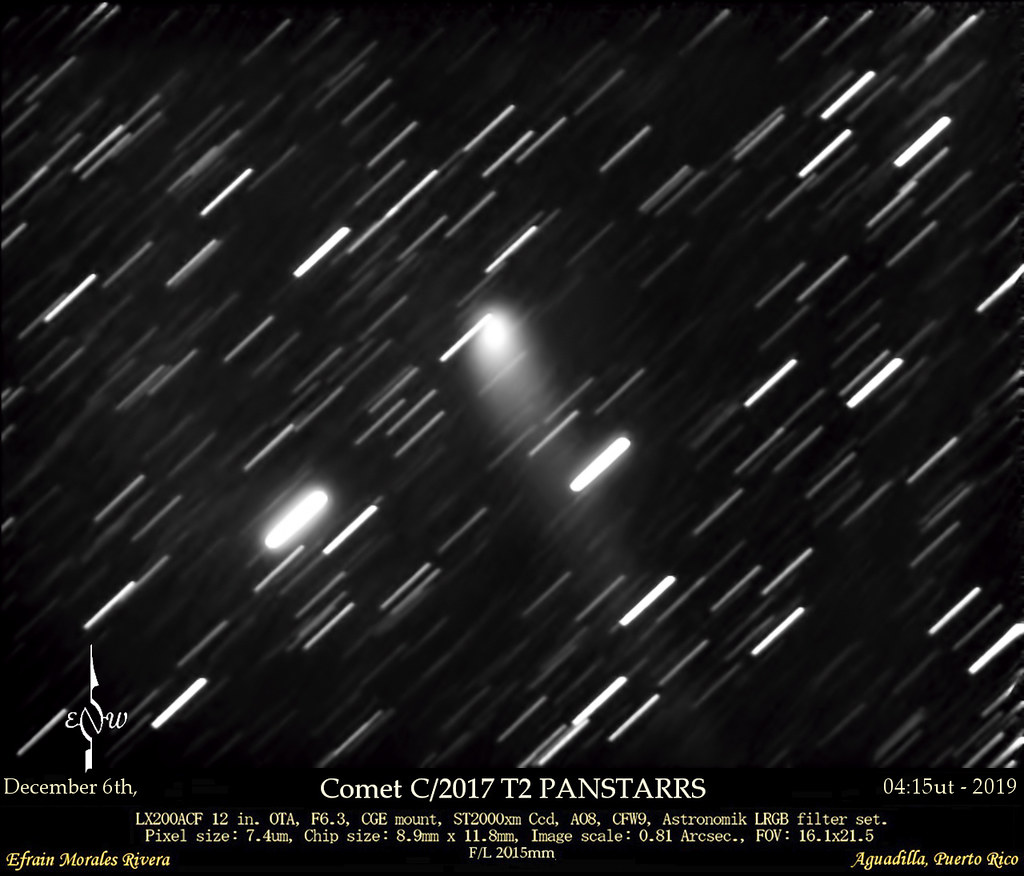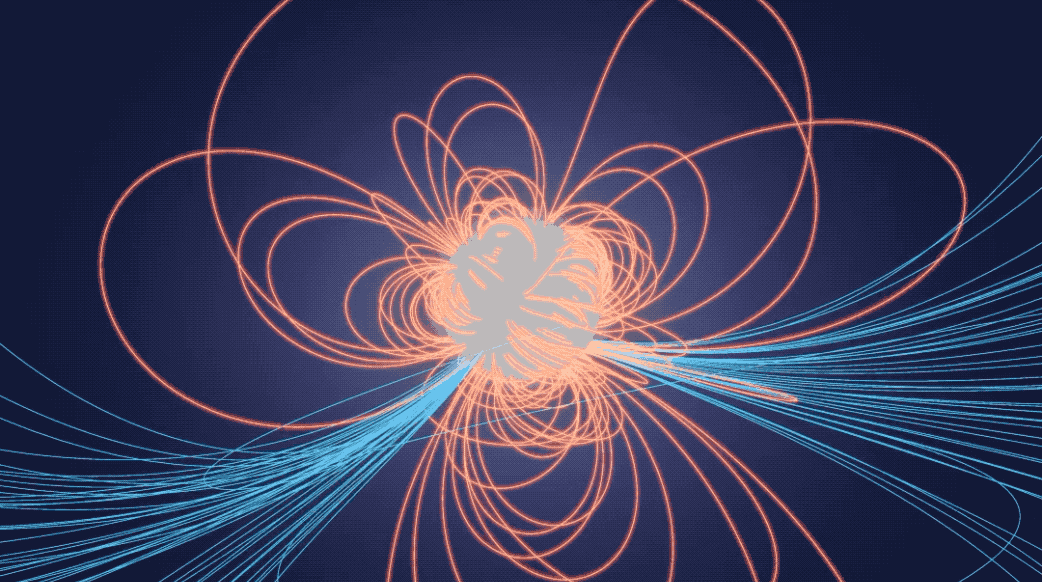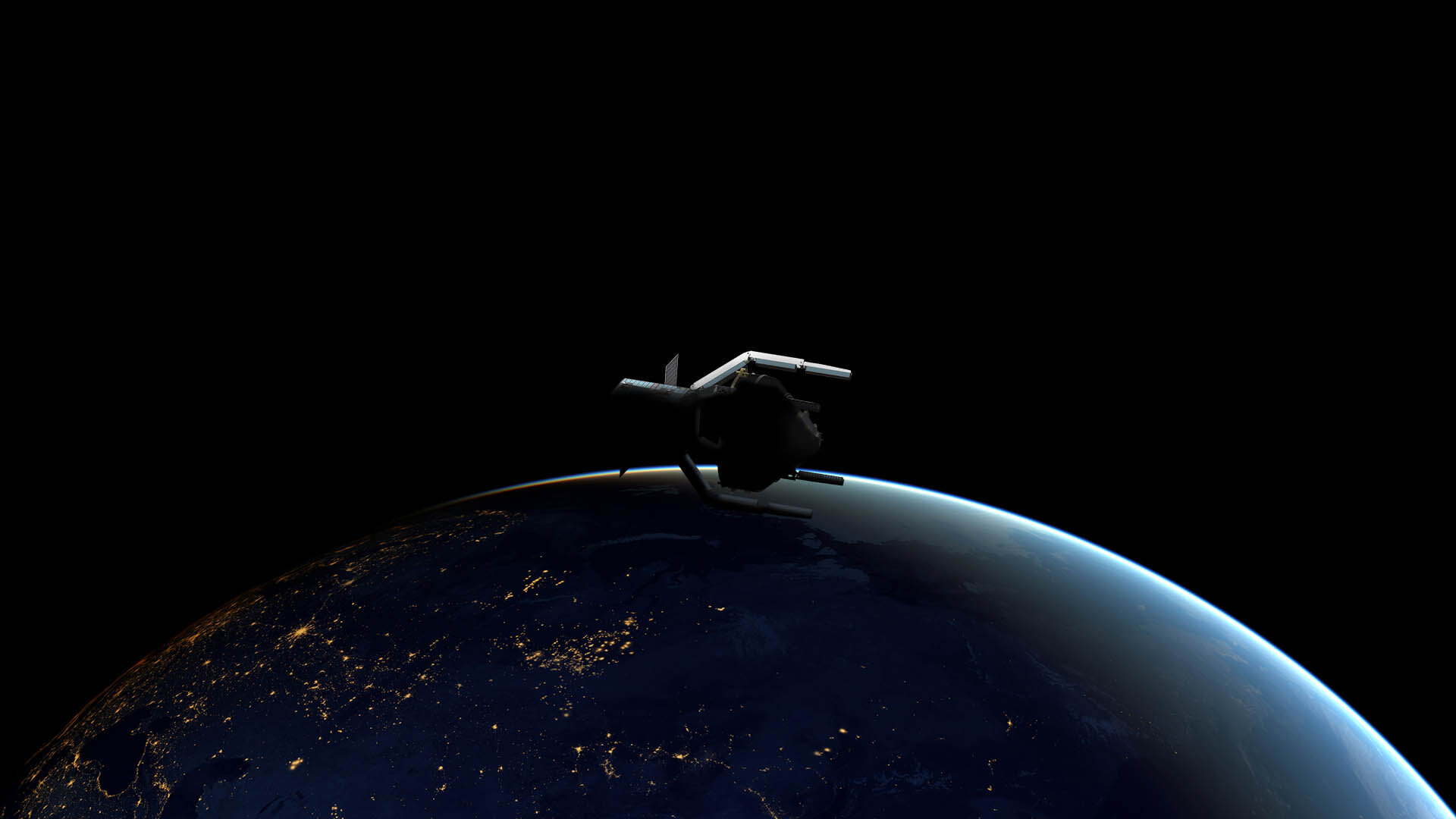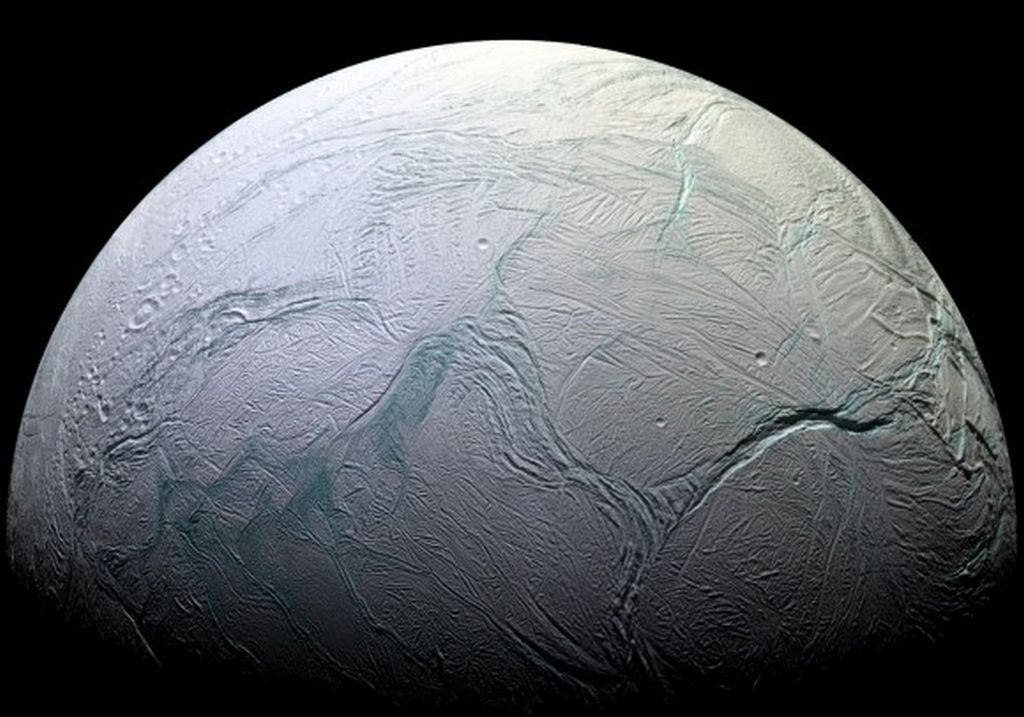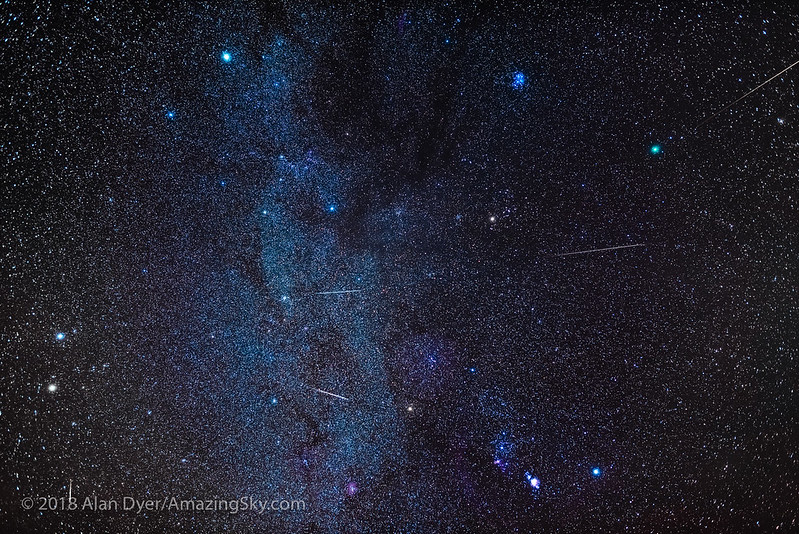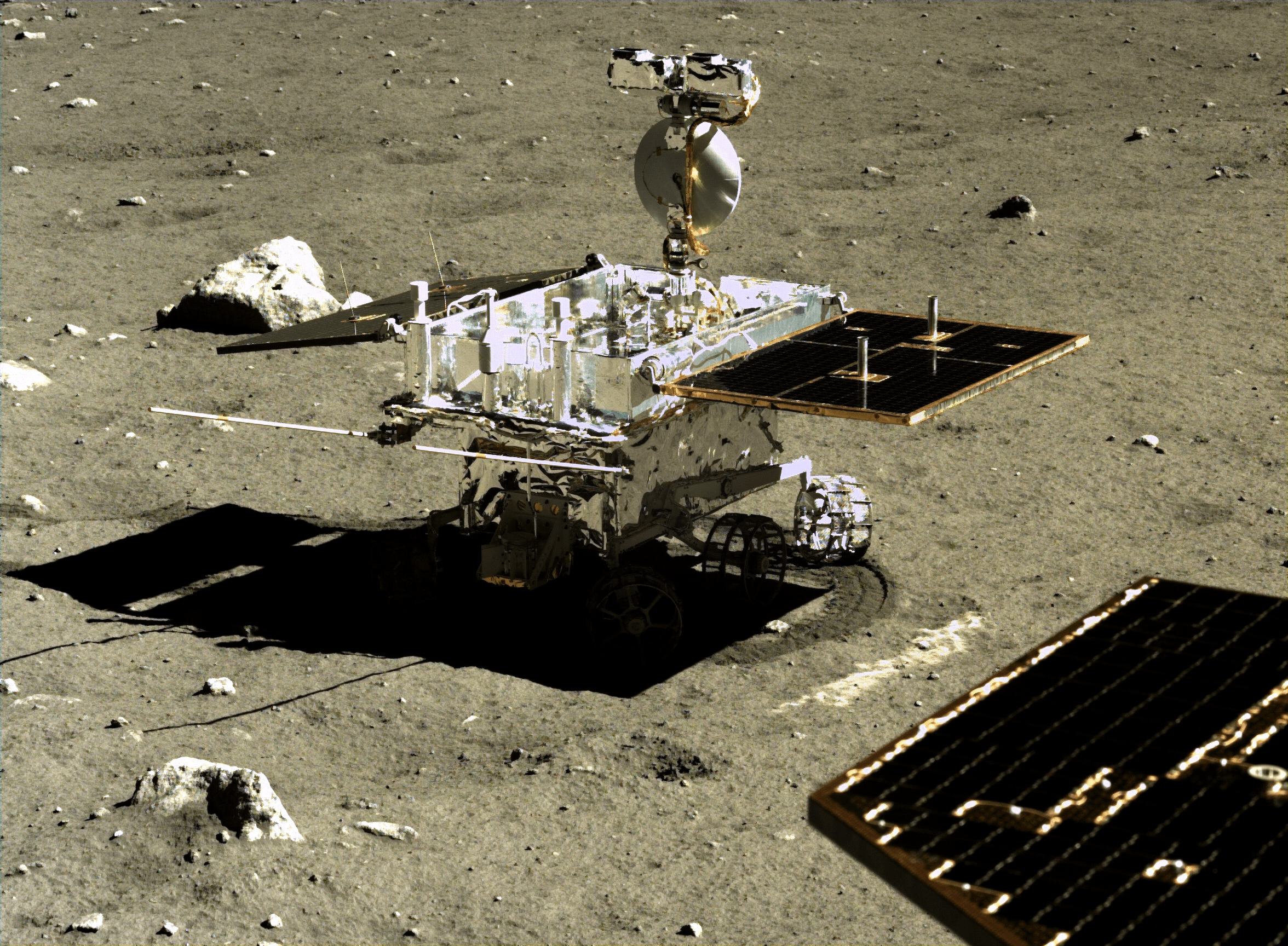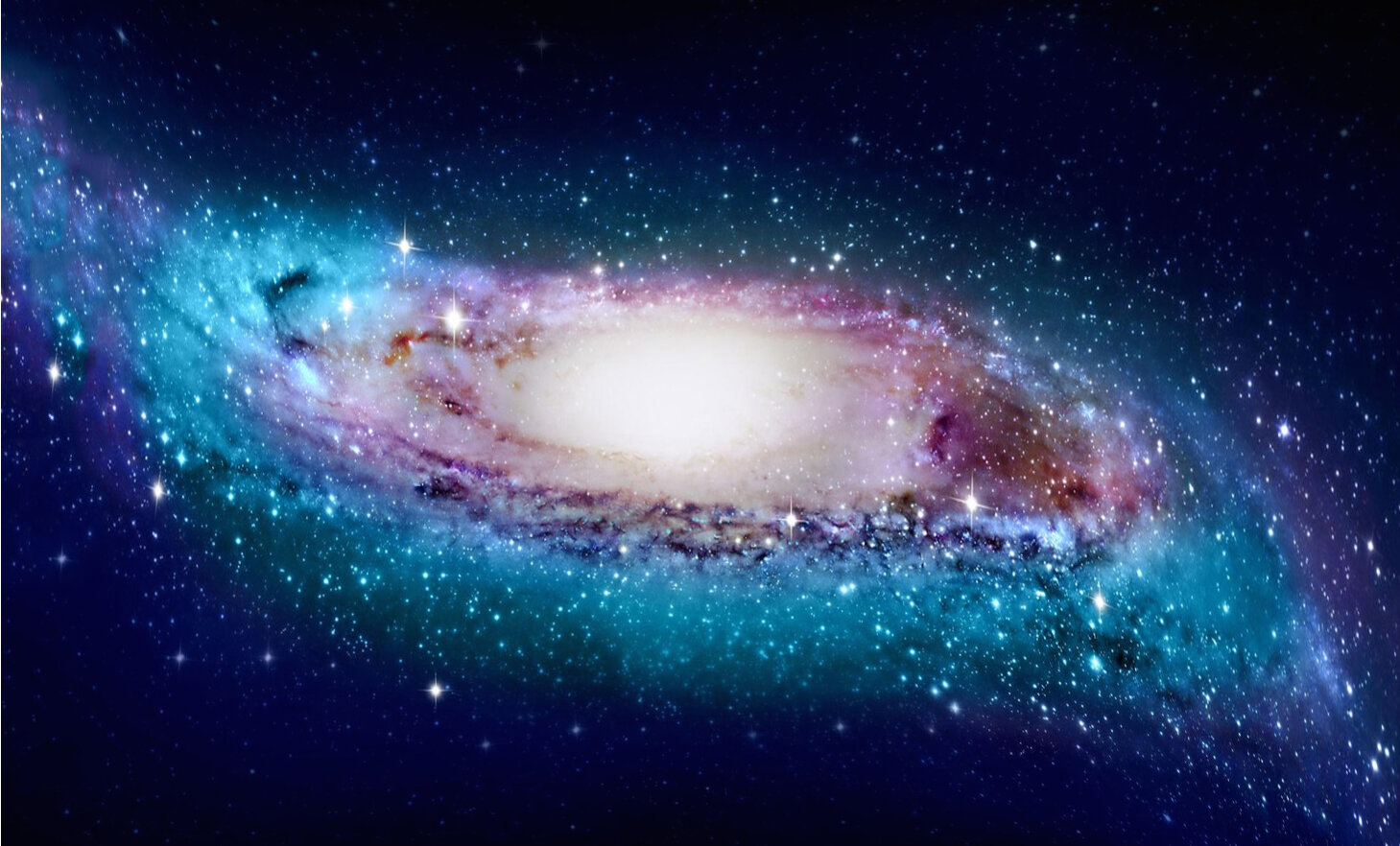Looking forward to the next bright comet in 2020 or beyond? You’re not alone. Though we’ve had a steady string of decent binocular comets over the past few years, we haven’t had a good naked eye comet since W3 Lovejoy beat solar death during its blistering perihelion passage in 2011. But this survivor turned out to be bashful, and headed for southern hemisphere skies… Comet P1 McNaught followed suit in 2007, hiding from northern hemisphere observers at its best. And we all remember what happened to Comet S1 ISON—touted as the next great ‘Comet of the Century’ on U.S. Thanksgiving Day 2013. Here it is almost 2020, and you have to go allll the way back nearly a quarter of a century to Hale-Bopp and Hyakutake to remember just how brilliant a good naked eye comet can be.
Continue reading “Will Blanpain Perform? Comet Prospects for 2020”Will Blanpain Perform? Comet Prospects for 2020
